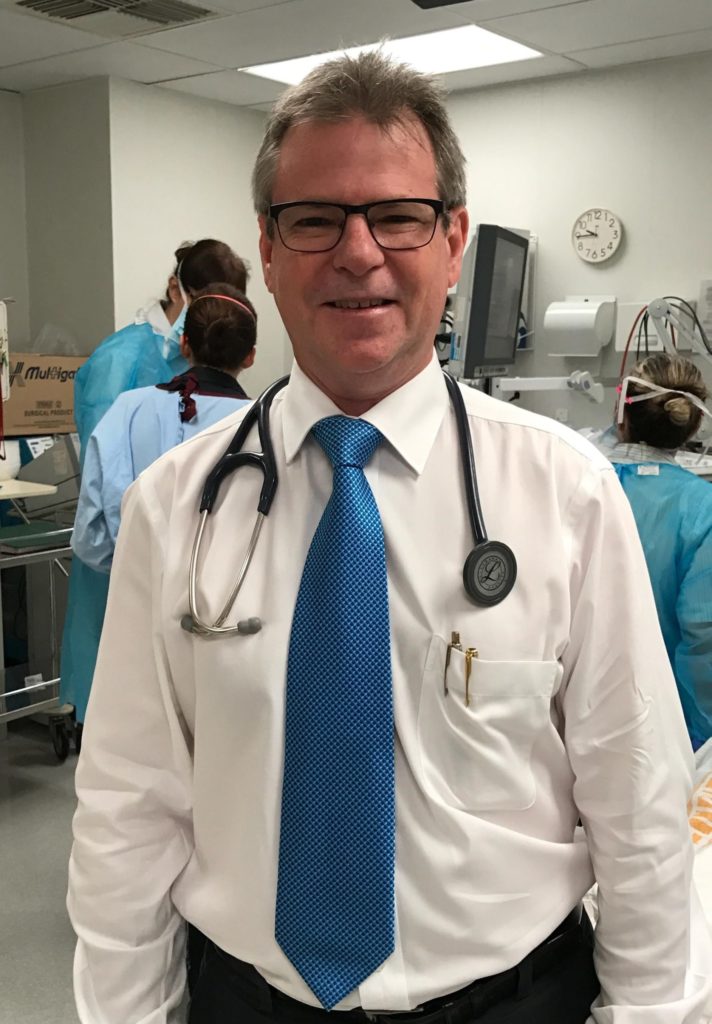Prof Paul Reynolds sat down with the PACT team to talk about his teams research on gene and cell therapy for Pulmonary Fibrosis (PF), including how it started, what the team hopes it will achieve and the challenges they’ve faced.

Tell us a bit about yourself and why you chose PF as your research area:
I am a Pulmonary Physician dealing with patients with PF, so it is very clear that existing treatments are inadequate. I see first-hand the suffering this disease causes. We need better treatments.
Describe your clinical research project in a couple of sentences:
My background is in gene therapy and cell therapy. I am developing this approach to be applied as a treatment to prevent and hopefully reverse the scarring / fibrosis mechanisms that cause the lung disease.
Tell us how this project came about:
I have previously developed gene and cell therapies that improve the outcomes in diseases related to scarring and obstruction of the blood vessels in the lungs. Some of the processes involved in PF are similar, so I am now adapting this approach for PF.
What do you hope this project will achieve?
A new therapy that combats the fibrosis and scaring in the lungs. We can use genes to modify disease behaviour – it is not a strategy limited to just treating inherited genetic diseases.
What has been the biggest challenge of the project so far?
At present we are at the stage of animal models. While we know what pathways we need to inhibit with our gene therapy approach, the biggest challenge is getting enough of the therapeutic genes to the sites in the lungs where the disease is occurring.
The people working on this project are:
The dedicated team working on this project include Paul Reynolds, Jun Fukihara, Suzanne Maiolo, Jessica Kovac and Rebecca Harper.
What do you see as the biggest evidence gaps in PF care? What are the clinical research priorities?
The biggest gap is to find a strategy that will actually reverses established fibrosis. Existing treatments only slow progression. I’m sure every patient with this condition would like a genuine cure.
